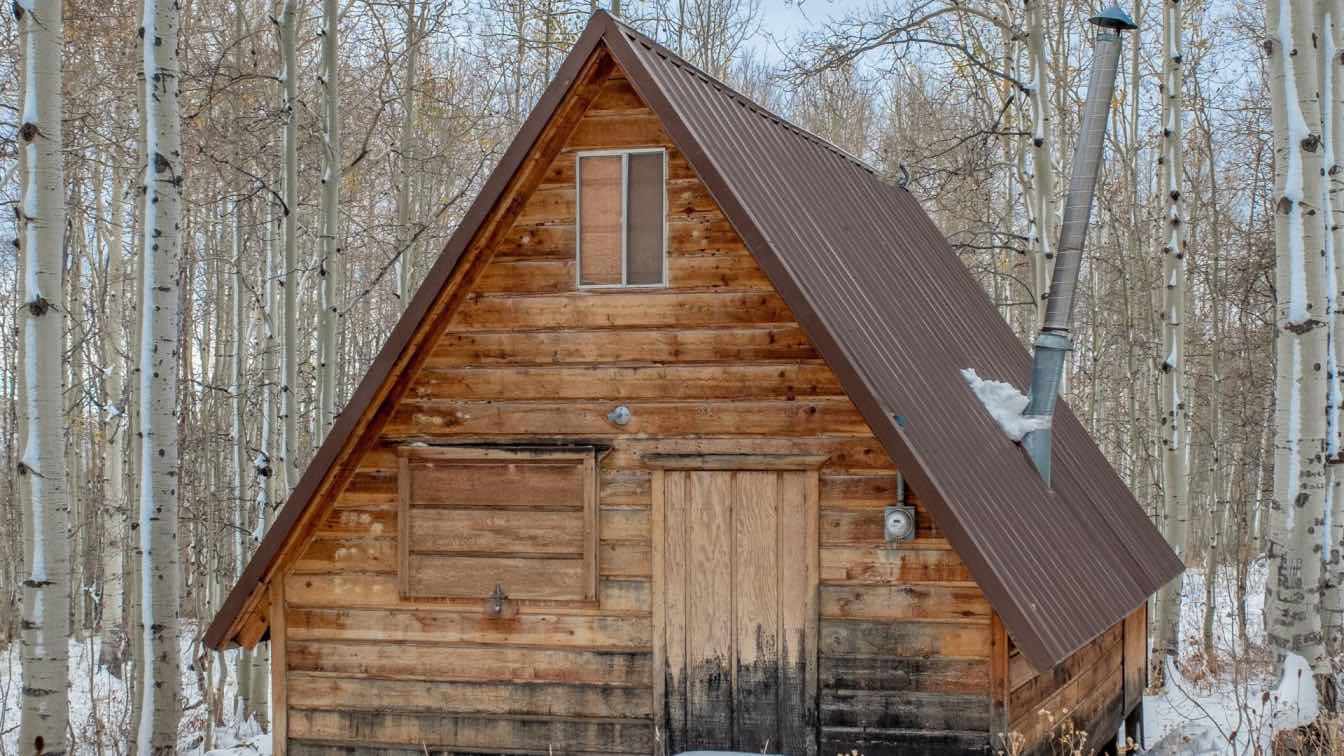Insulating log walls is critical in the quest for a cozy, energy-efficient home nestled in the heart of nature. A log cabin's intrinsic beauty and rustic charm are undeniable, yet with proper insulation, these structures can avoid challenges in maintaining comfortable temperatures year-round. This comprehensive exploration delves into practical strategies for insulating log walls, ensuring your log cabin is a bastion of natural beauty and a model of energy efficiency.
Understanding the Unique Nature of Log Walls
With their distinctive log wall, log cabins offer natural insulation thanks to the thermal mass of the logs used in their construction. However, log walls' R-value (a measure of thermal resistance) alone may not suffice in extremely cold or hot climates. The logs' ability to absorb heat during the day and release it at night can help maintain comfortable indoor temperatures. Still, additional insulation strategies may be necessary to achieve optimal energy efficiency.
External Insulation for Enhanced Energy Efficiency
One practical approach to insulating log walls involves adding external insulation. This method allows for preserving the interior aesthetic of the log walls while enhancing the cabin's overall thermal performance. Materials such as rigid foam boards or spray foam can be applied to the exterior of the log walls, covered with a weather-resistant barrier, and then finished with siding that complements the cabin's rustic appearance. This external insulation layer significantly reduces thermal bridging and air infiltration, two common issues that can lead to energy loss.
Internal Insulation Solutions
For those who prefer not to alter the external appearance of their log cabin, internal insulation is an alternative. This strategy involves adding a layer of insulation to the inside of the log walls, which can then be covered with drywall or another type of interior wall finish. While this method may slightly reduce the interior space of the cabin, it provides a way to improve energy efficiency without impacting the exterior aesthetic. High-performance insulation materials, such as spray foam or mineral wool batts, are ideal for internal insulation due to their high R-values and ability to conform to the irregularities of log walls.
Sealing Gaps and Cracks
Regardless of the chosen insulation method, sealing gaps and cracks in the log walls is critical in preventing air leakage, a primary culprit in energy loss. Over time, logs can shrink and settle, leading to the formation of air gaps. Applying caulking or expanding foam sealant designed for log cabins can effectively seal these gaps, enhancing the cabin's energy efficiency. Regular maintenance checks and re-sealing as necessary can ensure that the log walls remain airtight and insulated against energy loss.
Window and Door Considerations
Windows and doors are significant sources of heat loss in any home, and log cabins are no exception. Opting for energy-efficient windows with double or triple glazing and insulated doors can significantly reduce heat transfer, complementing the insulation efforts made in the log walls. Additionally, ensuring that windows and doors are properly sealed and insulated around their frames can prevent cold drafts and improve the cabin's thermal performance.
Roof and Floor Insulation
While insulating log walls is vital, it's also important to pay attention to the cabin's roof and floor. Heat rises, making the roof a critical area for heat loss, especially in colder climates. Similarly, insulating the cabin's floor is essential for preventing cold air from entering through the bottom of the cabin. Combining well-insulated log walls with effective roof and floor insulation creates a comprehensive envelope that maximizes the cabin's energy efficiency.
Conclusion
Insulating log walls is a pivotal step in creating an energy-efficient log cabin that is a comfortable retreat throughout the seasons. By understanding the unique properties of log walls and implementing effective insulation strategies, homeowners can enjoy the warmth and beauty of their log cabin without compromising on comfort or energy efficiency. Whether through external insulation, internal solutions, or a focus on sealing gaps and enhancing window and door insulation, there are numerous ways to achieve a well-insulated log cabin. With the right approach, your log cabin can become a paragon of energy efficiency, blending the timeless appeal of log construction with the modern demands for sustainable, comfortable living.





